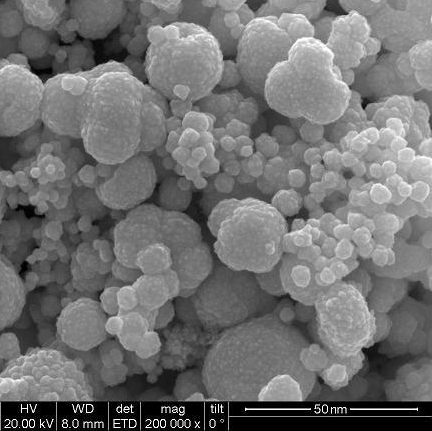Nanoparticles have been increasingly used in biomedical and clinical applications. However, their nonspecific interaction with proteins in biological media has posed challenges in their translation into clinical applications. In this regard, gold nanoparticles (AuNPs) have received significant attention due to their unique optical and electronic properties, leading to important applications in imaging, diagnostics, and therapy. This article will explore the impact of surface coating of AuNPs on the formation of protein corona, and the implications of the findings for the design of colloidal nanomaterials for biological applications.

Formation of Protein Corona
The interaction between nanoparticles and protein in biological media leads to the formation of a protein corona, which can have significant implications on the biological response and toxicity of nanoparticles. The protein corona forms soon after the exposure of nanoparticles to biological media and can lead to changes in the physicochemical properties of the nanoparticles, as well as their uptake and distribution in living systems.
Impact of AuNP Surface Coating on Protein Corona Formation
In a recent study published in ACS Nano in March 2024, researchers investigated the impact of a range of dihydrolipoic acids (DHLA) on the interaction between AuNPs and serum proteins. The researchers used various analytical techniques, including gel electrophoresis, UV-Visible absorption spectroscopy, and dynamic light scattering, to investigate the protein corona formation around spherical AuNPs coated with different ligands.
The findings of the study suggest that small ligands, such as DHLA or citrate, stabilize the AuNPs, leading to the adsorption of serum proteins via nonspecific interactions. In contrast, adding hydrophilic groups such as polyethylene glycol (PEG) segments or copolymer groups to DHLA can fundamentally eliminate nonspecific interactions and produce a uniformly dispersed AuNP solution while retaining the characteristic pink color of gold colloids. Regardless of the charge and size of the ligands, AuNPs encapsulated with PEG or copolymer-modified DHLA can effectively prevent corona formation.
Implications for the Design of Colloidal Nanomaterials for Biological Applications
The findings of this study underscore the importance of surface chemistry in controlling protein corona formation. The study highlights the advantages of using hydrophilic coatings to prevent nonspecific interactions with serum proteins, leading to the production of nanoparticle solutions that are more uniform and suitable for biomedical applications.
In summary, the study demonstrates the impact of surface coating on the interaction between AuNPs and serum proteins, and suggests that surface chemistry could be harnessed to design nanoparticles with enhanced biocompatibility. SAT NANO is a best supplier of gold nanoparticle AuNPs in China, we can supply 20-30nm, 50nm, 100nm with 99.99%, if you have any enquiry, please feel free to contact us at sales03@satnano.com


























